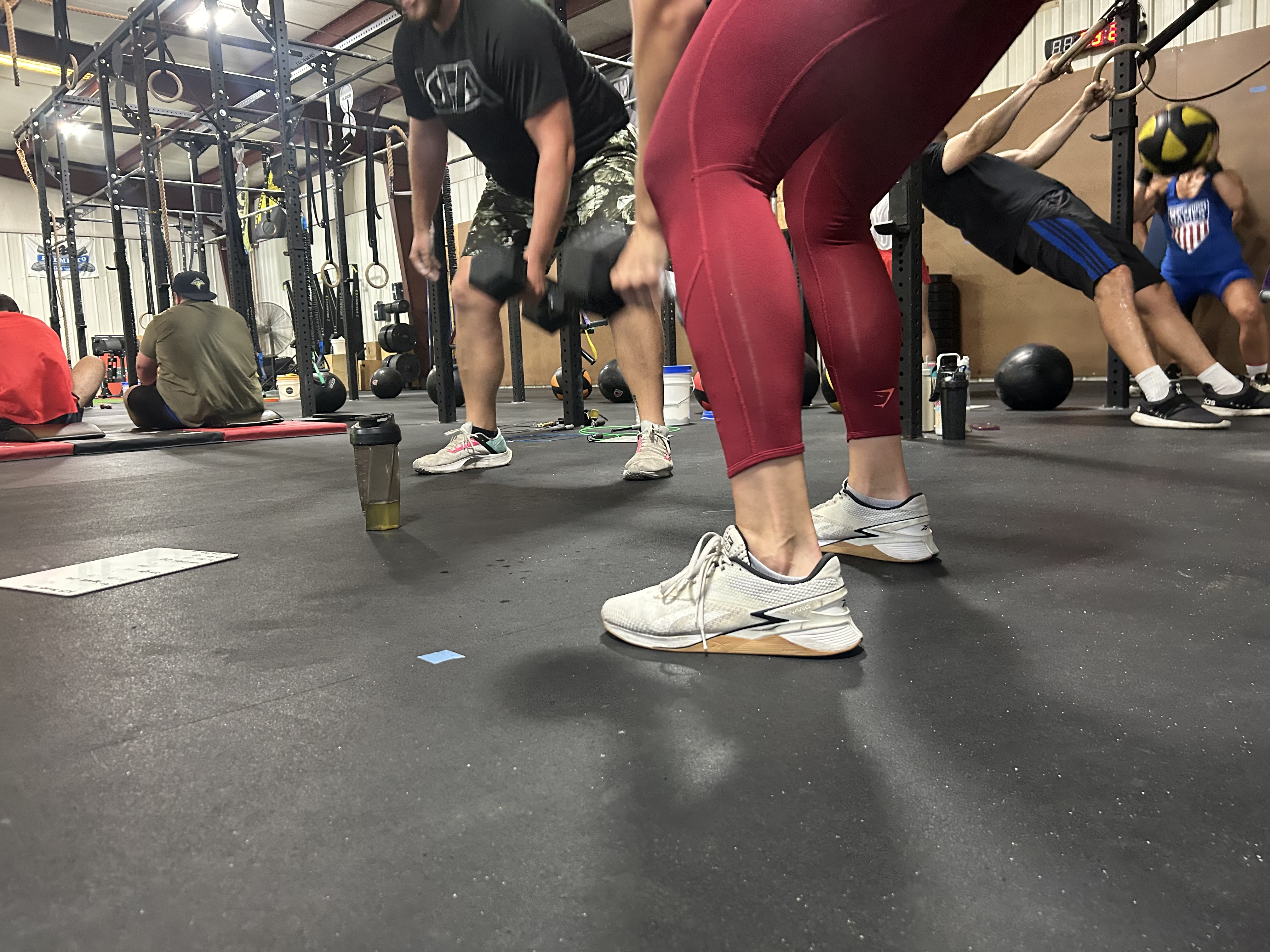CrossFit, HYROX & Sport Crossovers: How These Methods Help (and Sometimes Hurt) Athletes in Other Sports
Many athletes—soccer players, runners, swimmers, cyclists, team-sport participants—already have rigorous training regimens. You might wonder: Why add CrossFit or HYROX-style functional work on top? When done smartly, it can deepen performance; but misused, it can detract.
Why cross-functional training can benefit sport athletes
- Injury resilience & movement variety
Sport-specific training often lacks variety. Functional and CrossFit-style work fills gaps: unilateral work, core stability, rotational movement, and strength under fatigue. - Capacity under fatigue
HYROX-style workouts simulate how performance degrades over long efforts — a valuable tool for conditioning in sport contexts (late-game sprints, extended play). - Metabolic and strength carryover
Adding resistance + conditioning work improves work capacity, lactate tolerance, and muscular endurance, which helps in many sports. - Mental grit & toughness
The “finisher” mentality common in CrossFit/HYROX teaches pushing through stress, pacing, and mental management under load.
How it can hurt (if misapplied)
- Overtraining & interference
If you stack high-volume CrossFit sessions on top of sport training without adjusting, you may enter overtraining, leading to performance decline. Wikipedia - Technique conflicts
Poorly coached or excessively fatigued CrossFit movements might develop compensation patterns that hurt sport-specific movement (e.g. in sprinting or jumping). - Recovery constraints
Sports often demand recovery. If functional training is too intense or frequent, it may steal recovery from primary sport modalities.
Best practices for integration
- Periodize intelligently: schedule CrossFit/HYROX work in off-season, base, or general prep phases.
- Use deloads and recovery blocks: ensure easier sessions around intense sport demands.
- Tailor programming: emphasize movements that complement the athlete’s weaknesses.
- Monitor load closely: track total volume, intensity, fatigue, and performance.
- Use scaled or moderate versions: avoid always chasing extremes.
Case examples
- A soccer player might use kettlebell swings and sled pushes to boost posterior chain power, anaerobic capacity, and core stability.
- A runner might integrate short HYROX-style circuits (e.g. farmers carries, burpees) once or twice a week to build strength under fatigue without high volume.
- A swimmer could benefit from functional strength circuits that don’t overly tax the shoulder but address core, legs, and stabilized movement.
Evidence & gaps for crossover contexts
The research on CrossFit as a cross-training tool for individual sports is limited. Most literature focuses on general populations or CrossFit-only participants. But the principles align: functional work helps fill movement gaps, and controlled high-intensity work builds capacity. The same injury risks and recovery considerations apply.
Lodestar’s approach with sport-minded members
- We work with our athletes to plan their training cycles, tapering or easing CrossFit load around major competition.
- We coach movement specificity, avoid forcing every WOD onto every sport athlete.
- We focus on longevity: performance now, without burnout or injury later.
Conclusion
CrossFit and HYROX styles can be excellent supplements to sport-specific training — as long as they’re used intentionally. With smart programming, recovery awareness, and individualized scaling, they enhance capacity, physical robustness, and mental resilience. But overuse, poor coaching, or disregard for recovery can hurt more than help.
At CrossFit Lodestar, we support both general fitness goals and sport-specific athletes — ensuring that your functional training enhances your sport, not competes with it.

